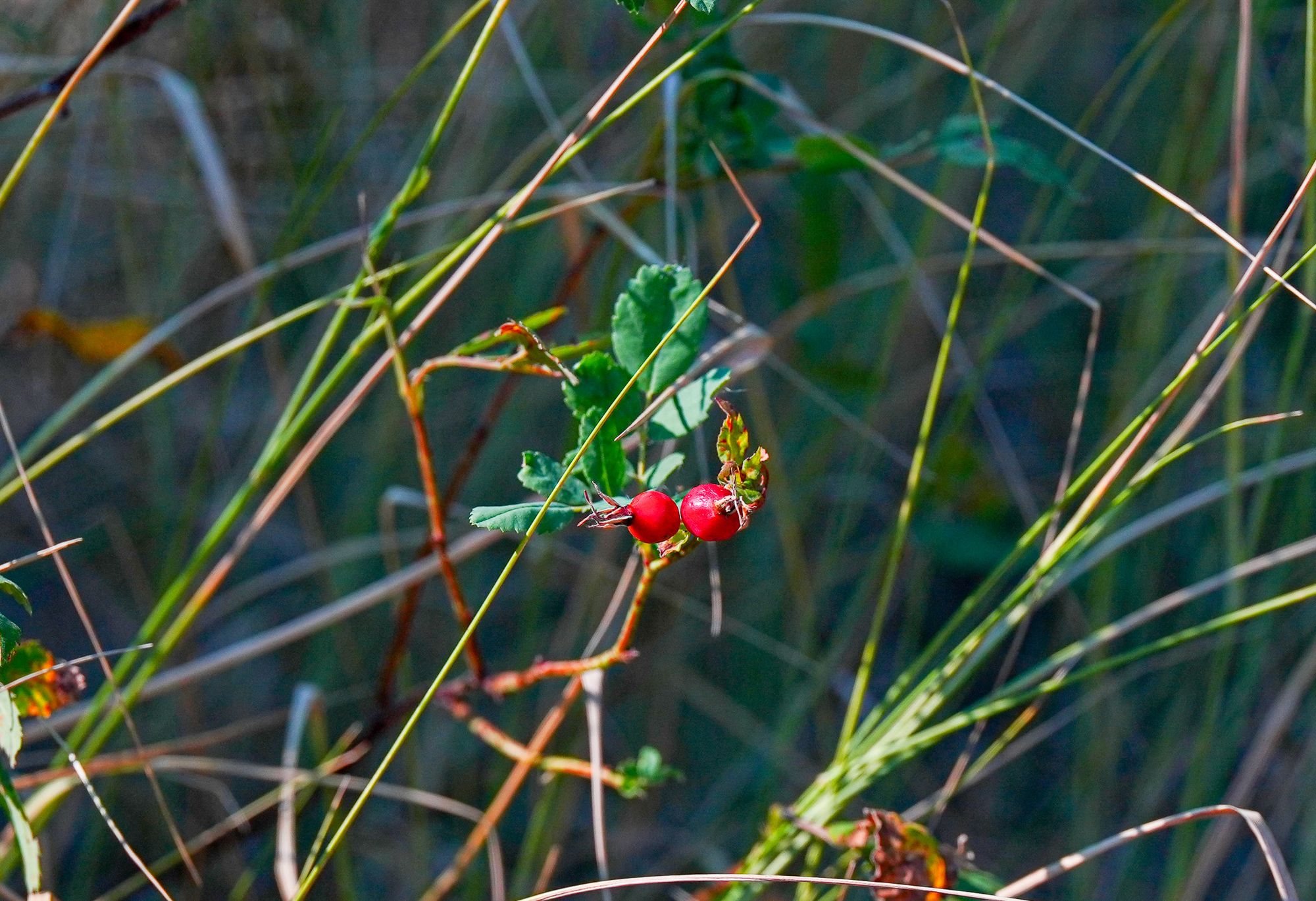August 13-19, 2023
Dust, Smoke, and Fire
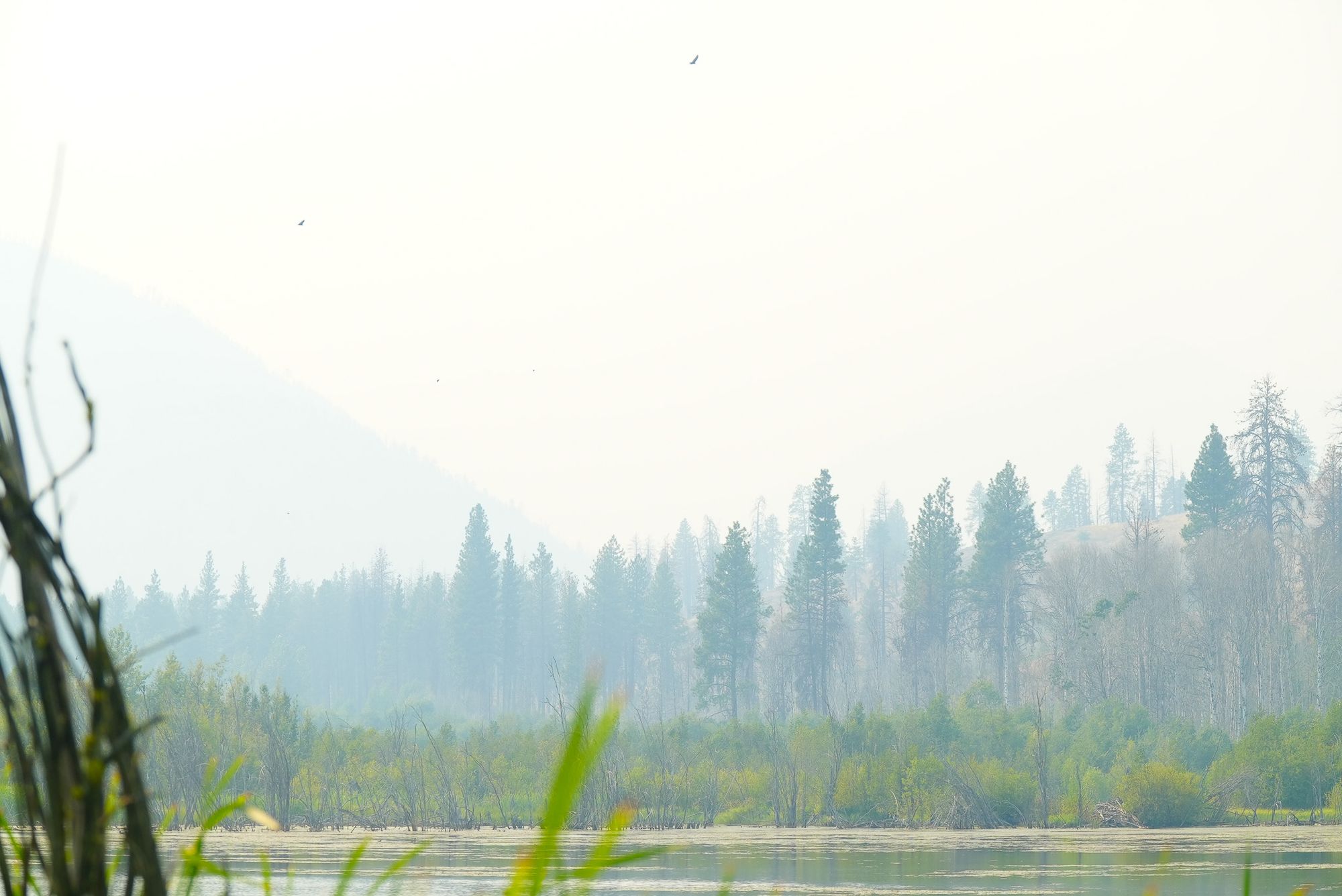
Fortunately, we have not had any fires in the Methow Valley this summer, but we're still getting lots of smoke from big fires to the west and north of us, making for many unpleasant days.
Week in Review
Lots of smoke filled the valley this week, so this has not been a great time to get out and see what's happening in the natural world. One afternoon I managed to squeeze in a short walk, but my lungs were burning after an hour. Surprisingly, it was still an amazing walk, which I'll tell you about below.

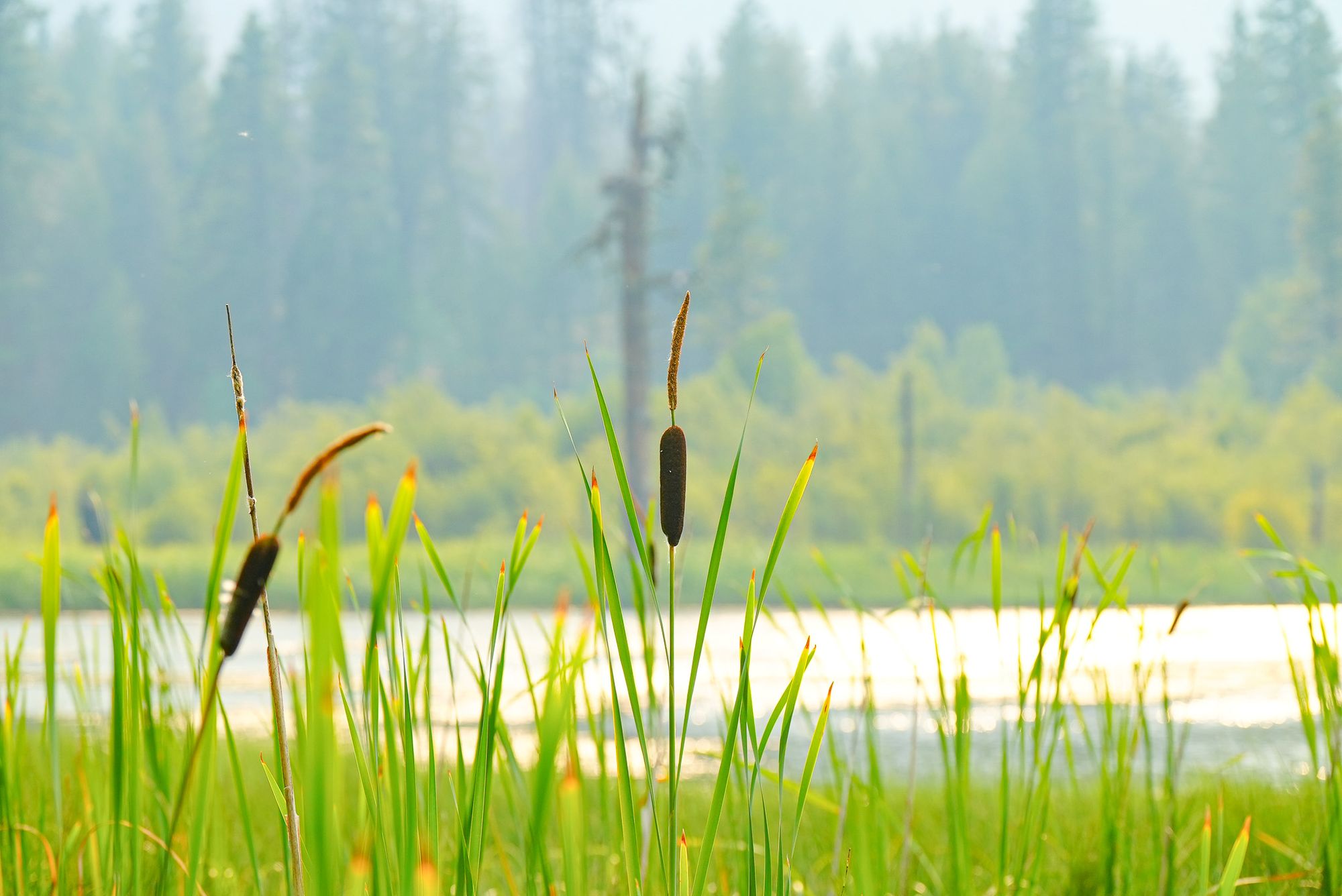
However, with smoke being the main event this week, it got me wondering if smoke impacts plants and animals as much as it impacts us.
I was surprised to learn that for plants it's a mixed bag. While plants rely on sunlight for photosynthesis, and smoke can diminish the amount of sunlight reaching the ground, it turns out that smoke diffuses sunlight more than it blocks sunlight.
When sunlight is scattered and diffused it actually reaches more leaves, which turns out to be advantageous for bushier plants and plants in the shade.
On a sunny day, light is almost entirely focused on the uppermost leaves that are directly in the sun, while leaves in dark shadows receive far less light, but the sun's rays are deflected when there are tiny smoke particles in the air.
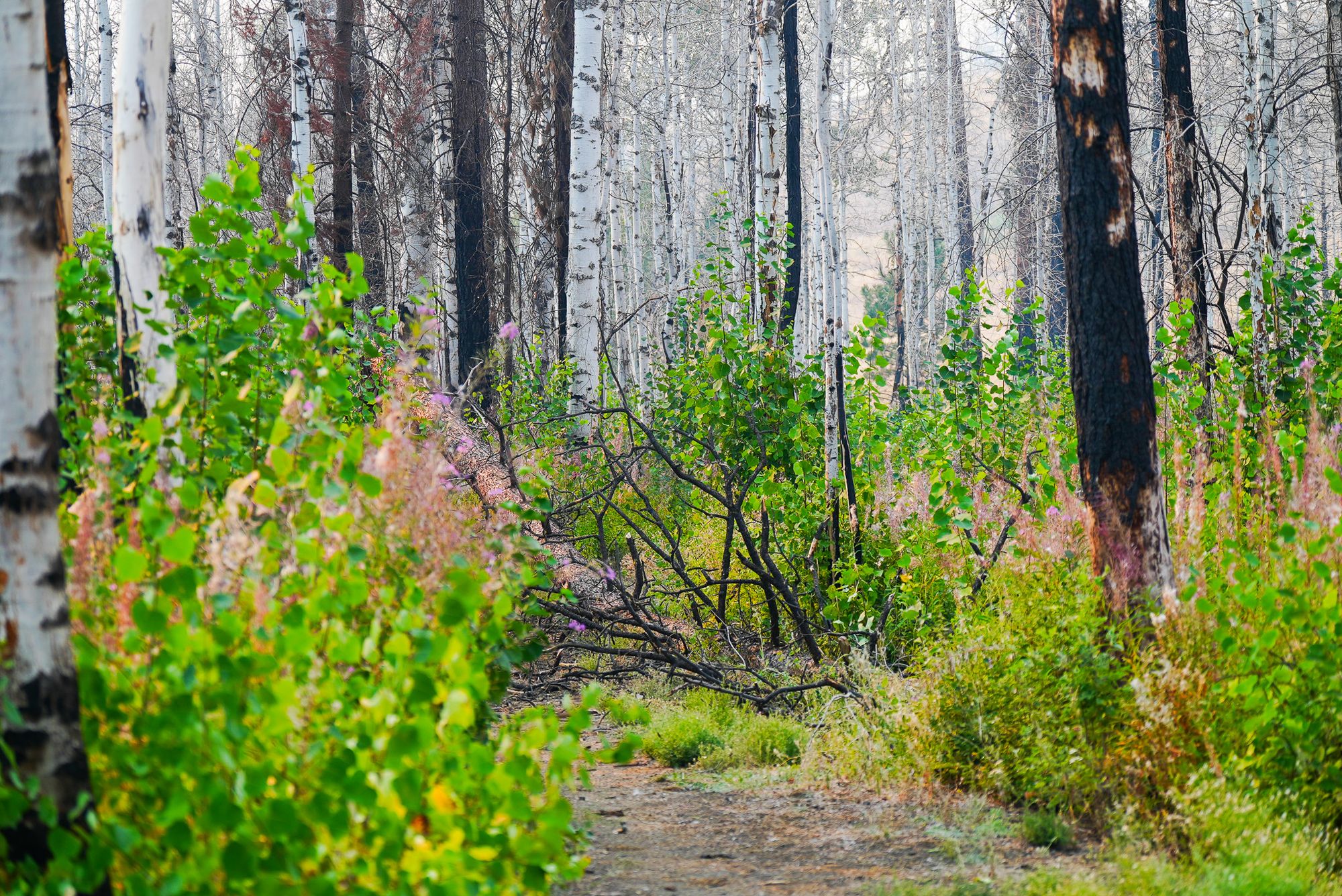
Smoke also increases the amount of carbon dioxide in the air, which would benefit plants because they convert carbon dioxide into energy and growth, but at the same time, smoke particulates can clog breathing pores in leaves, so it's hard to say whether smoke is a net gain or loss for plants.
Surprisingly, it seems like much less is known about animals. One massive survey of the scientific literature published in 2022 found only 41 studies that looked at the impacts of smoke on animals and nearly all these studies focused on mammals.
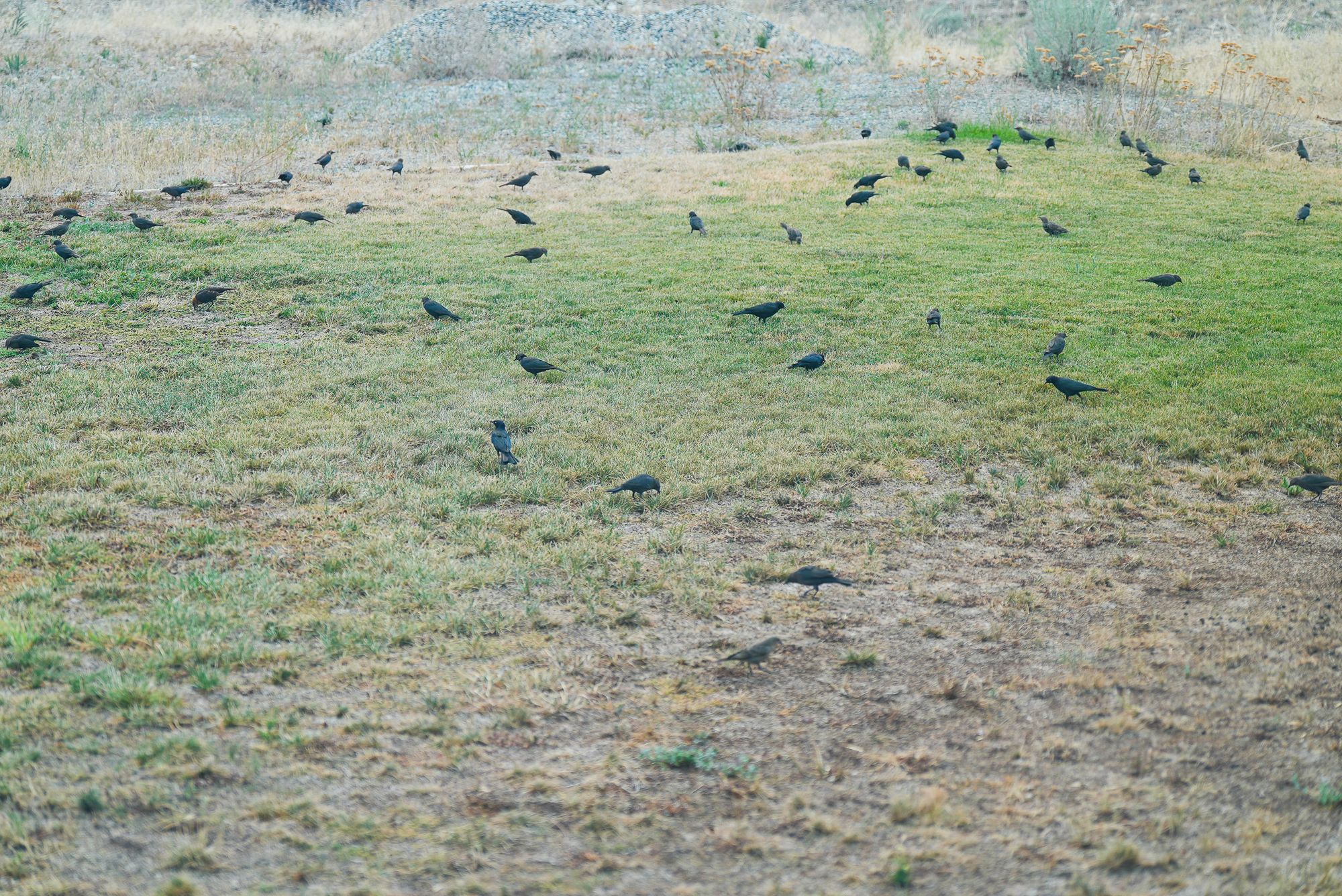
Still, it's clear that animals with delicate, mucous-lined respiratory systems can experience the same health issues that humans face when we breathe smoke.
Smoke contains toxic compounds that damage lung tissues and impact cardiovascular health, and these compounds can suppress immune systems and lead to other complications.
Smoke can also change animal behavior by causing agitation, fear, and stress. We might notice some of these impacts on our own pets and livestock but imagine how it affects all the insects, snakes, birds, and other animals that no one is tracking!
Observation of the Week: An Oasis in the Smoke
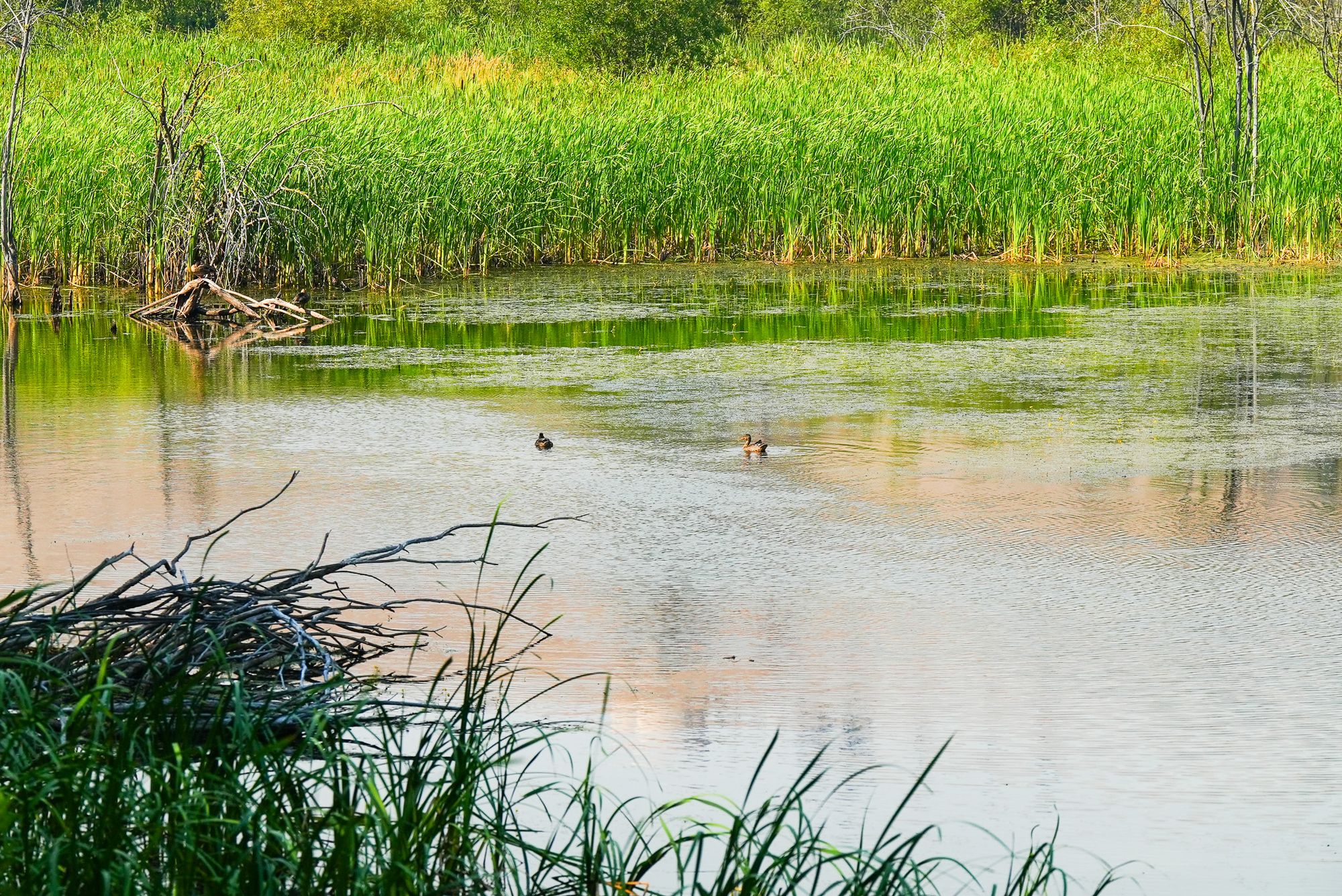
As mentioned above, I snuck out this week for one short walk in the smoke. I went out fully expecting to document how dusty, dry, and dead everything was at this time of year, but I ended up shocked and amazed at what I discovered.
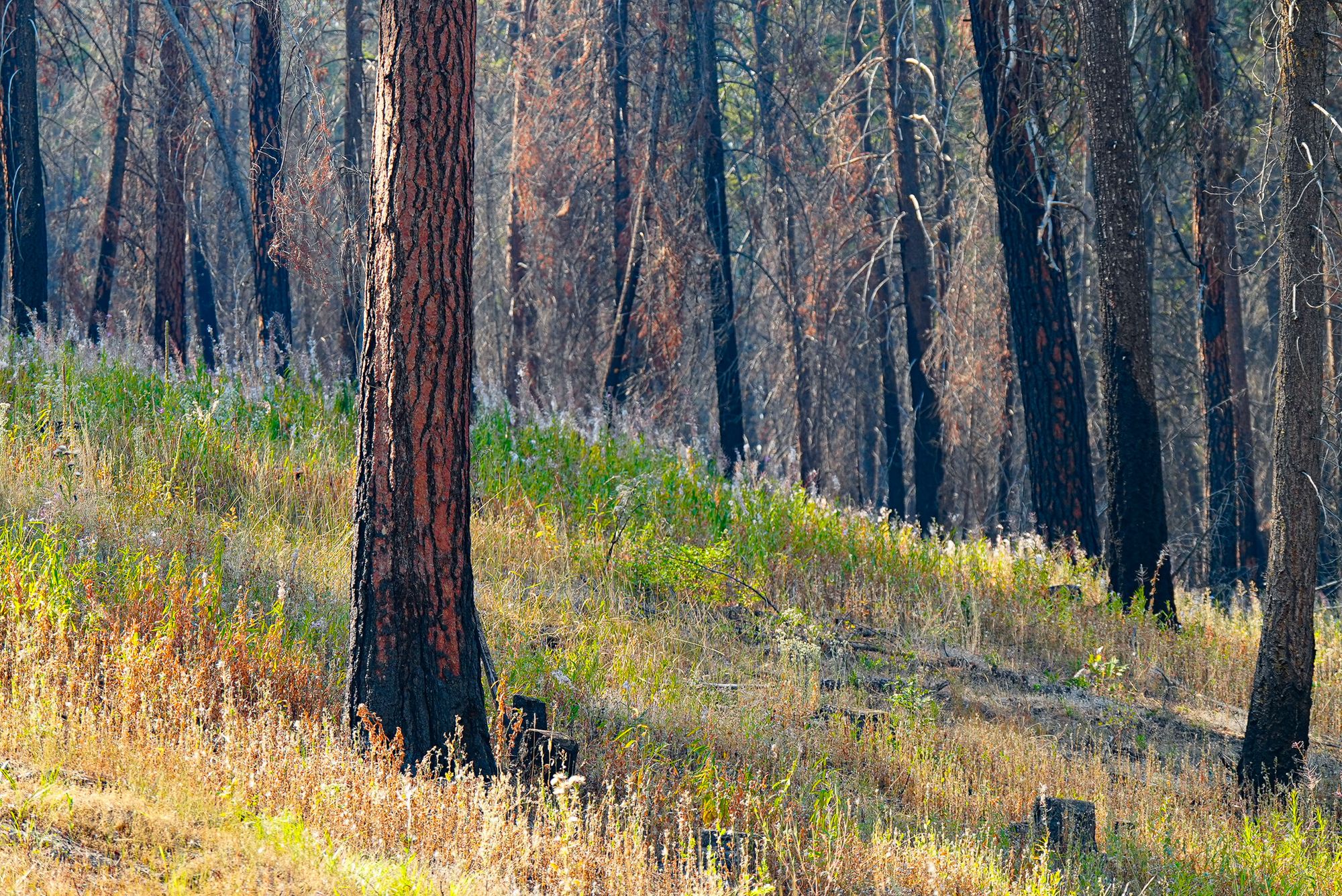
For this walk, I went to the beaver pond at Sun Mountain because there are trees and shade along this trail. On the drive up, I started taking notes in my head at how lifeless everything looked and getting ready to write these notes down when I parked.
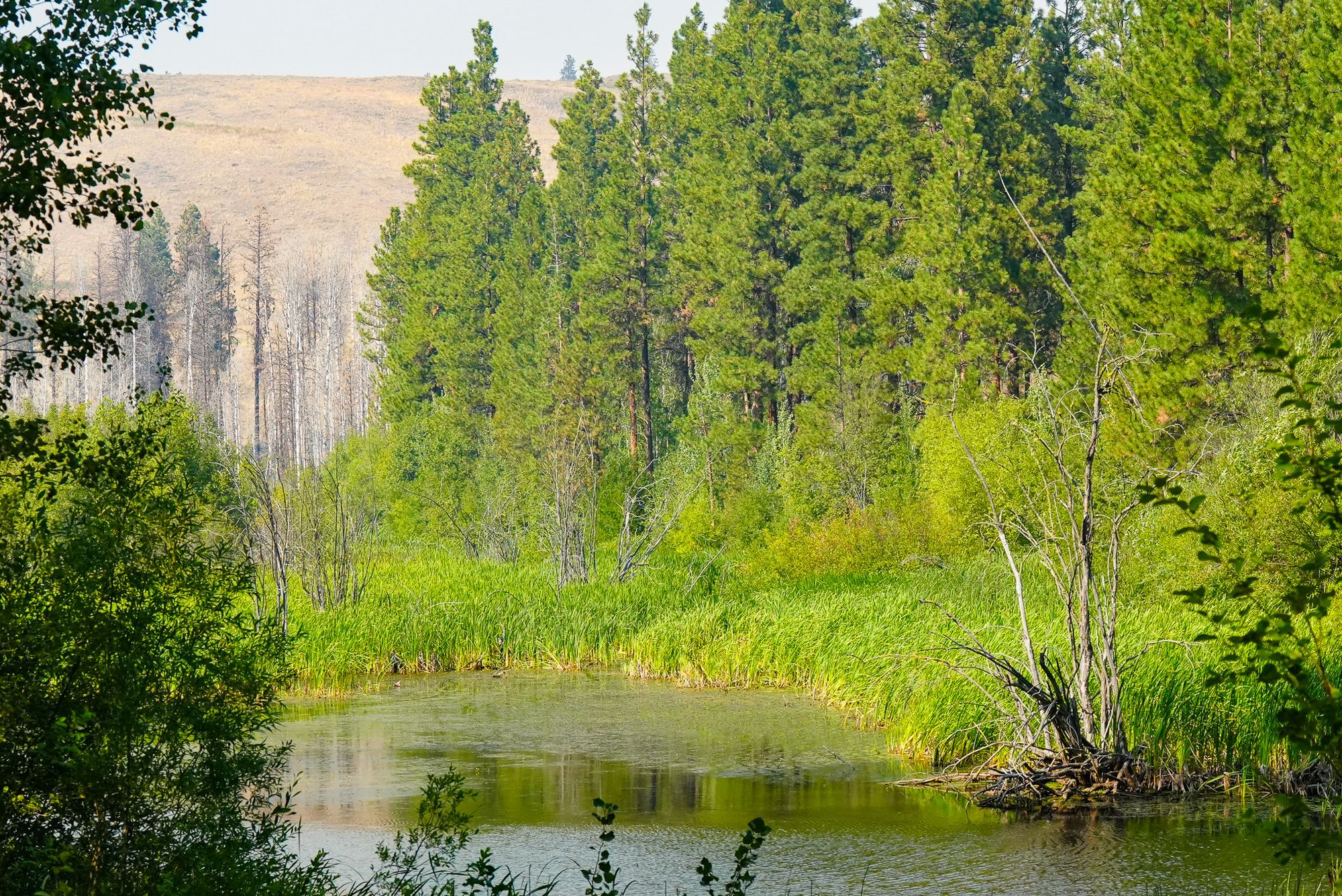
However, as soon as I stepped out of the car, I completely forgot those observations because I found myself immediately surrounded. There was so much going on that it took me almost an hour to walk a hundred feet from my car!
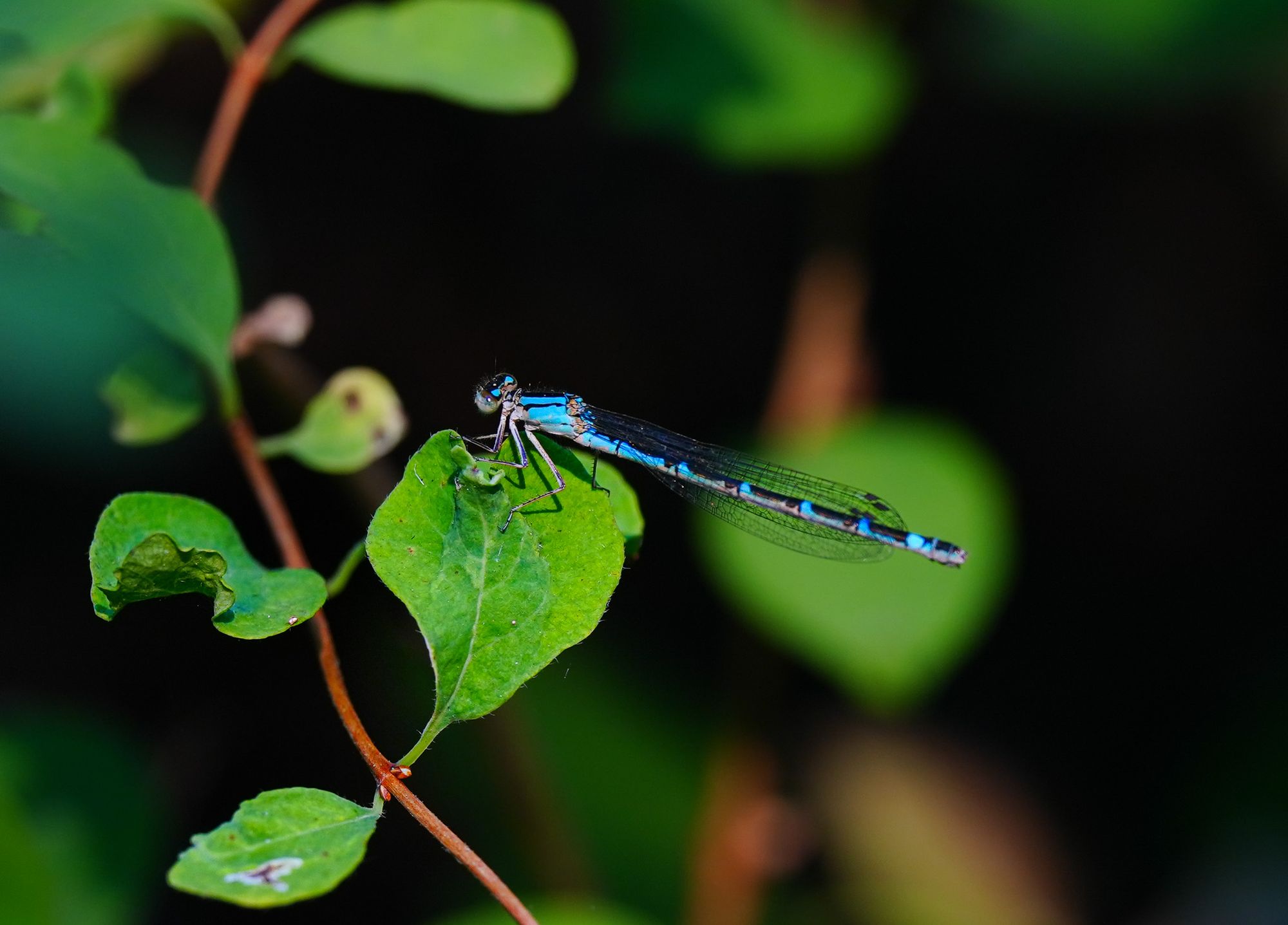
I quickly discovered at least four species of butterflies, as well as native flies and bumblebees, and at least three species of dragonflies and two species of damselflies—all in astonishing numbers.
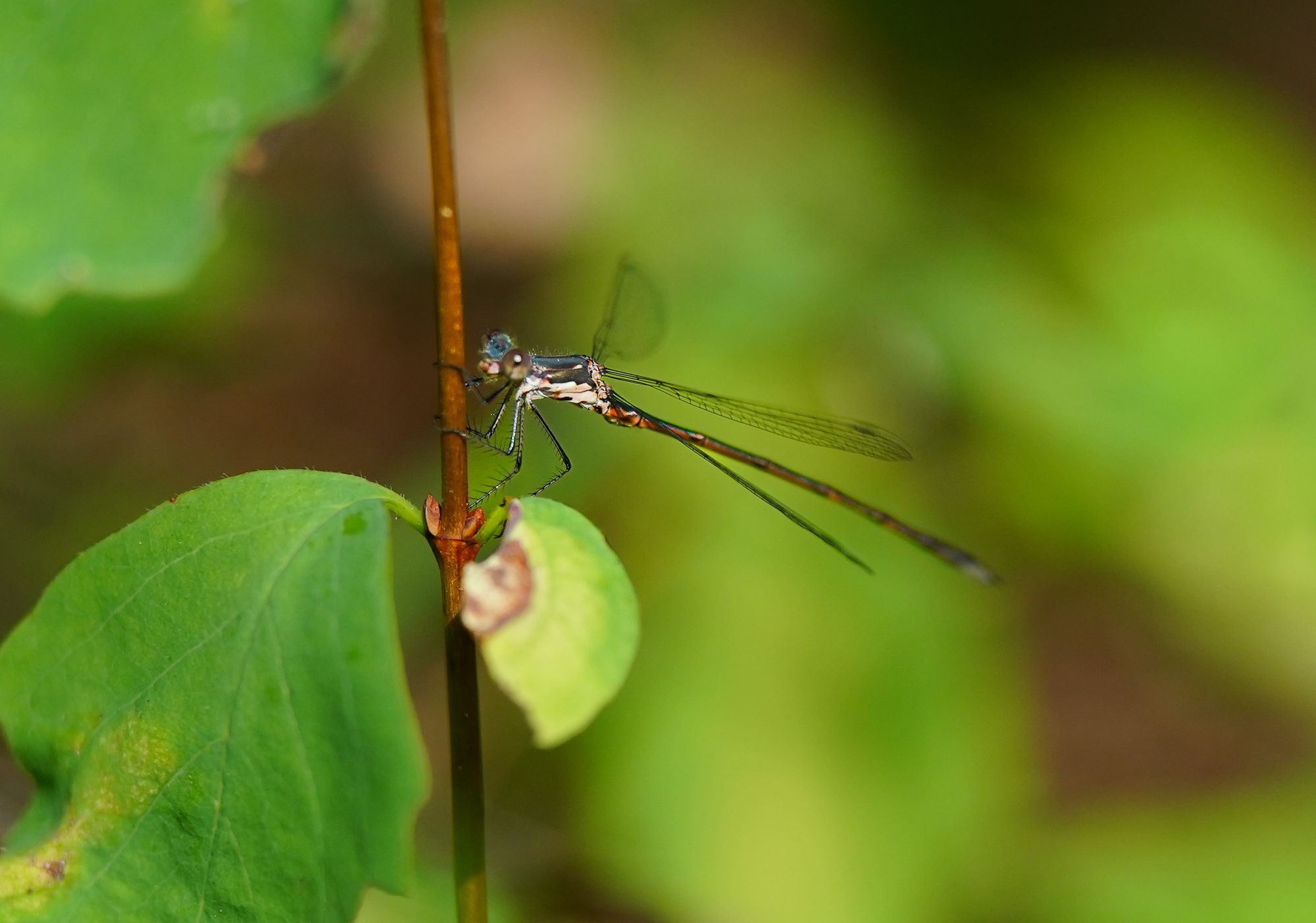
In fact, there were so many white-faced meadowhawks sitting on the ground, and flying up at every step, that at times it felt like I was standing near a beehive with bees flying all around me!
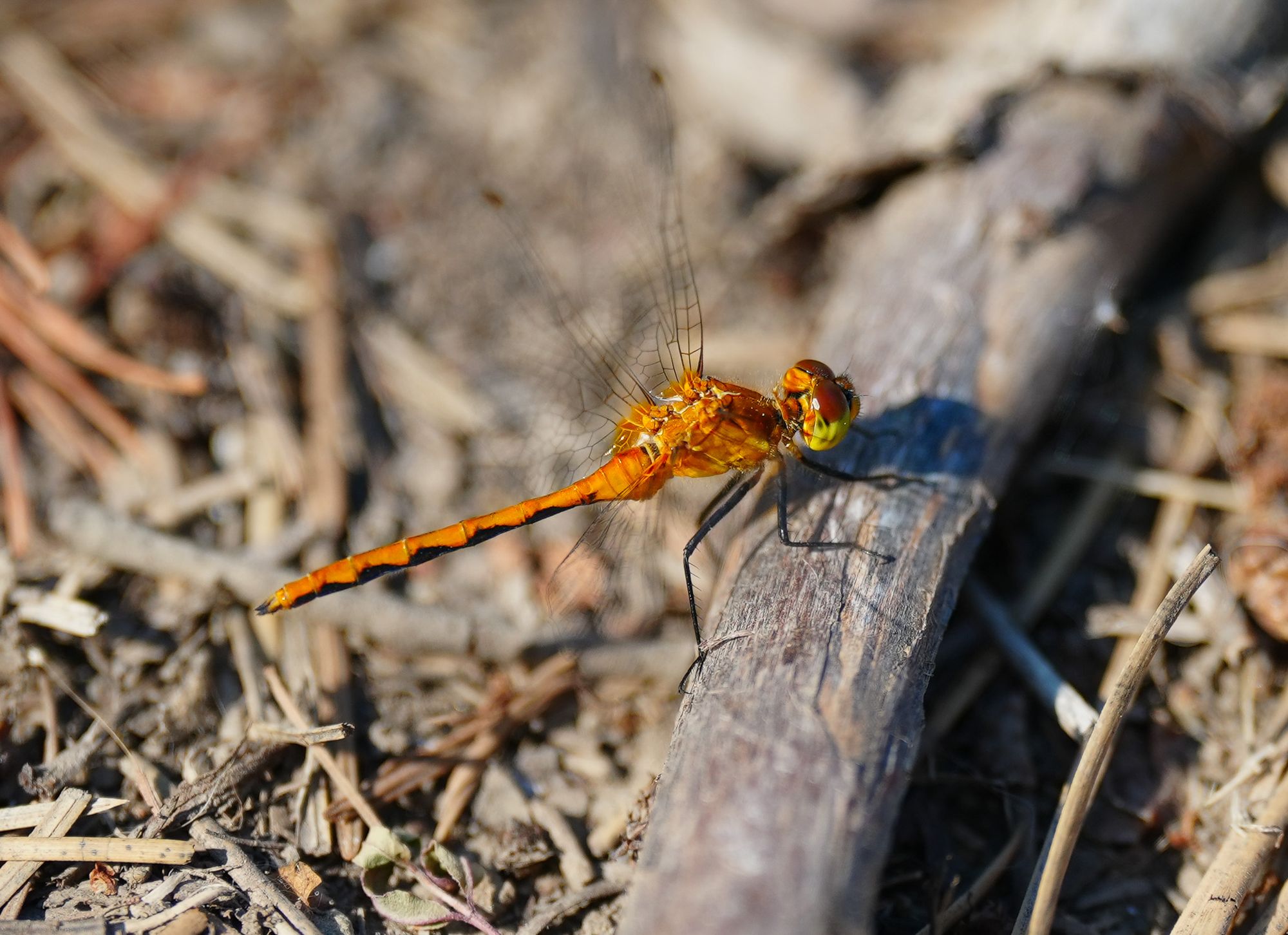
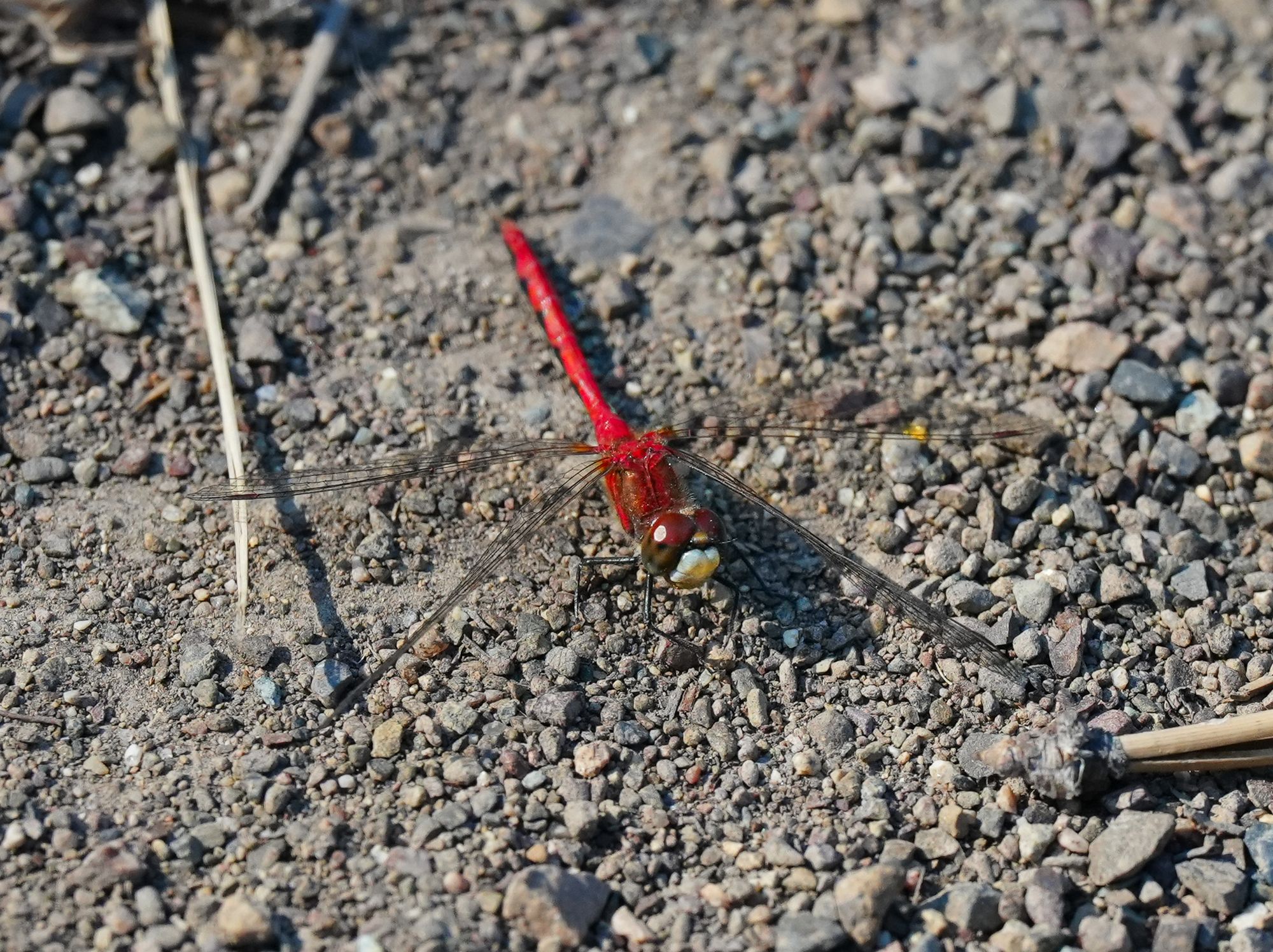
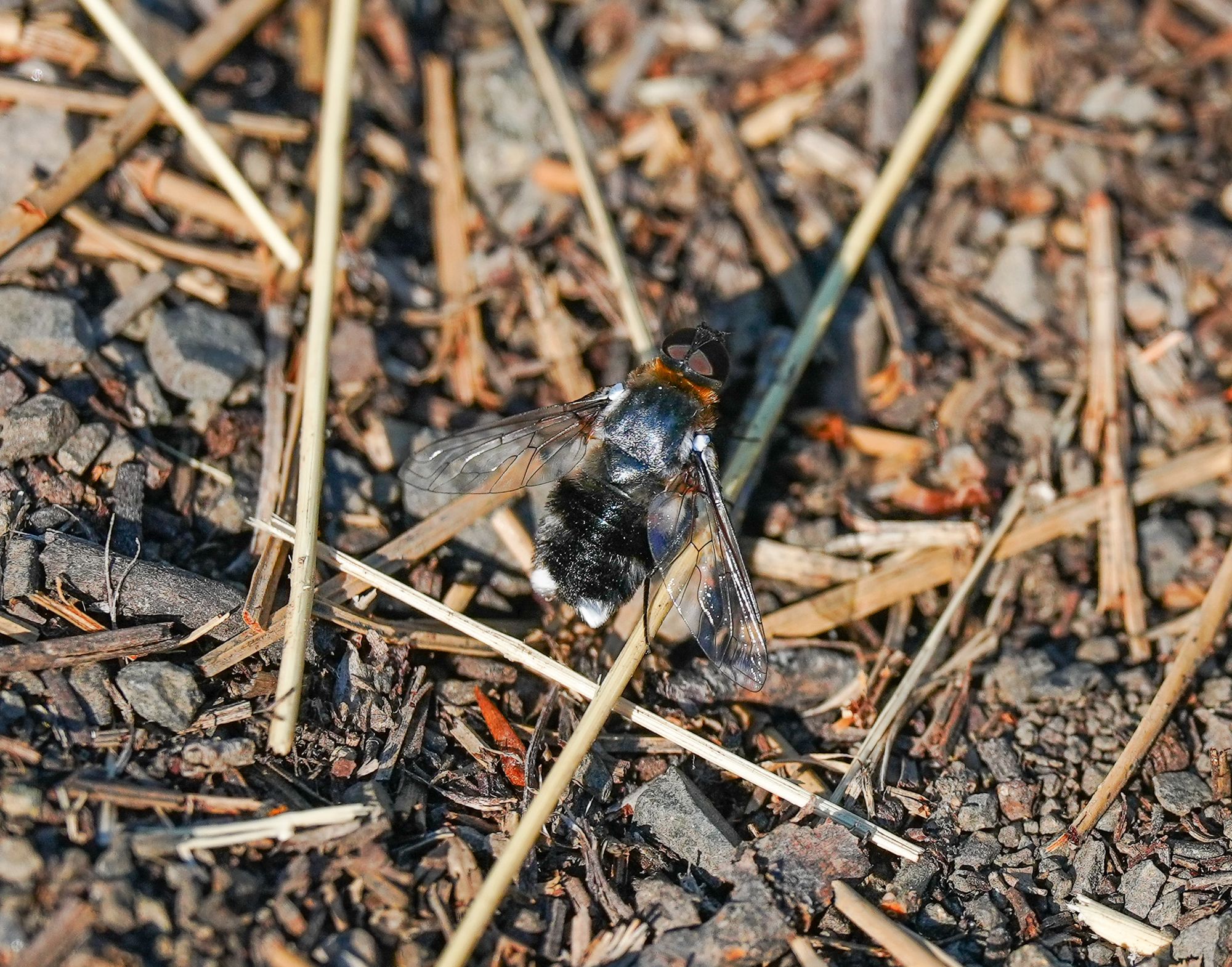
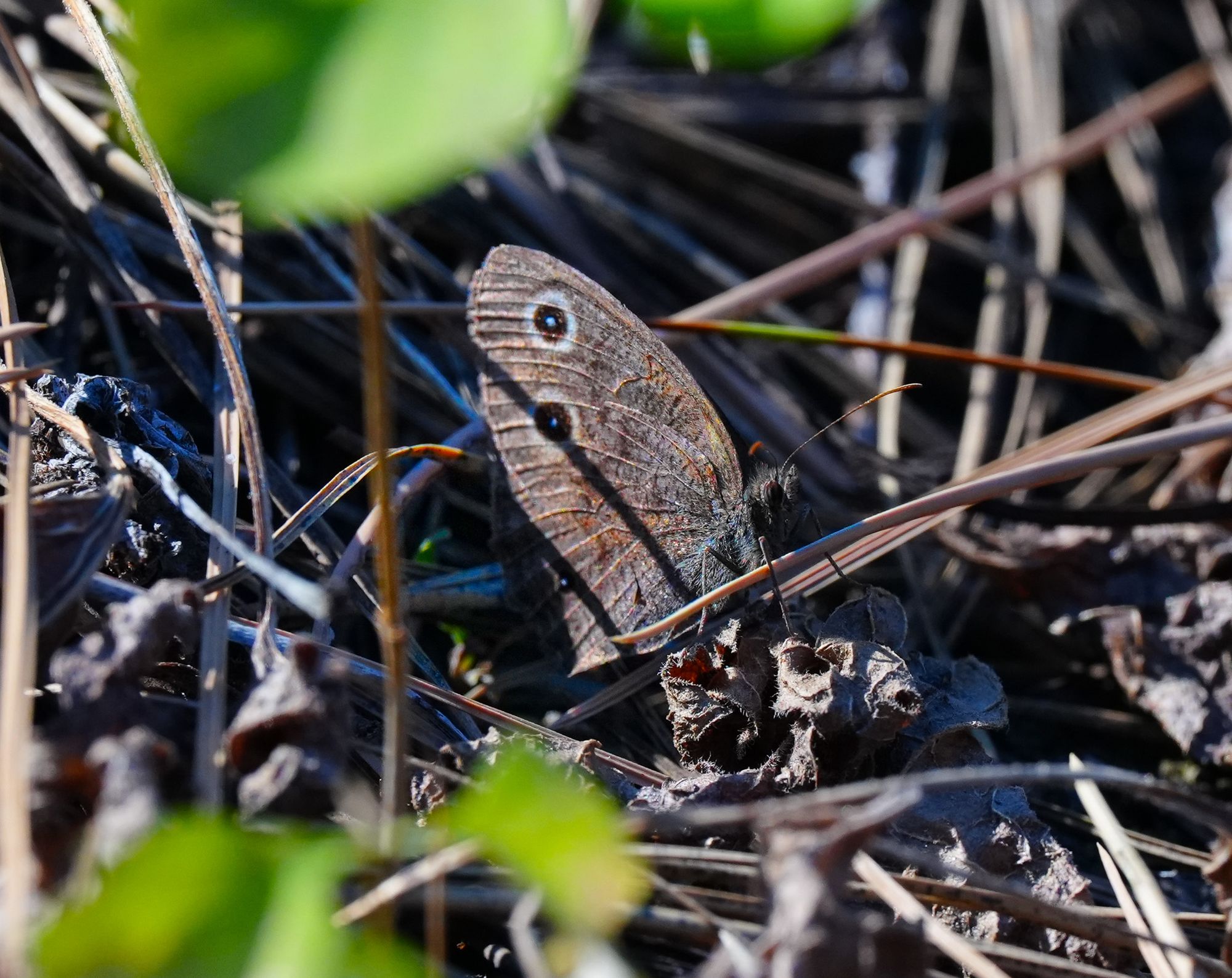
Even patches of drab, invasive knapweed were covered with so many bright orange skippers that they looked like they were wearing jewels. And at the same time, dozens of brilliant white butterflies were flitting back and forth along the trail around the skippers.
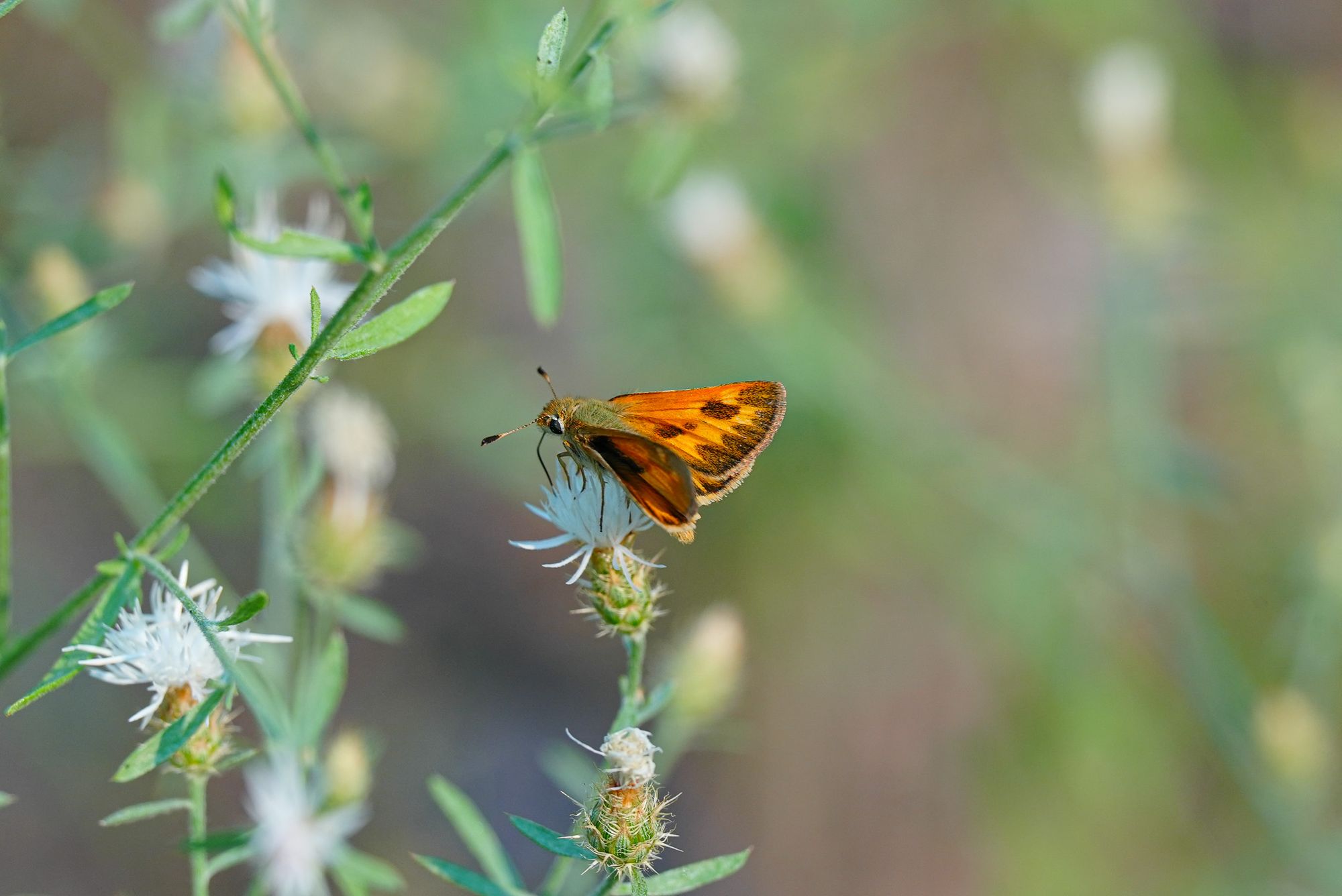
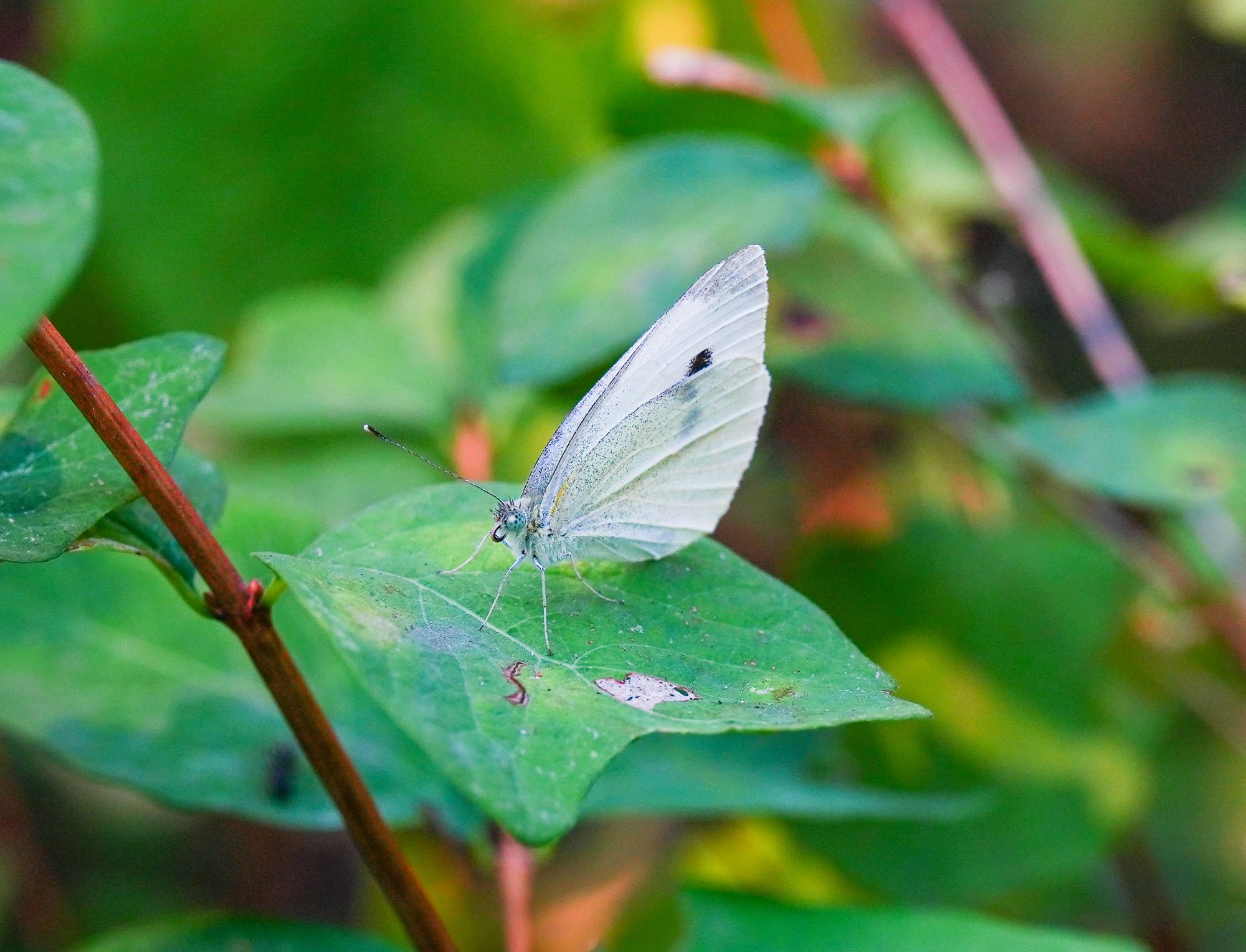
What I loved most about this outing is that it completely upended my assumptions about the day—and it inspires me to remember that even on the dullest days there is a lot going on in nature if we just go out and look for it.
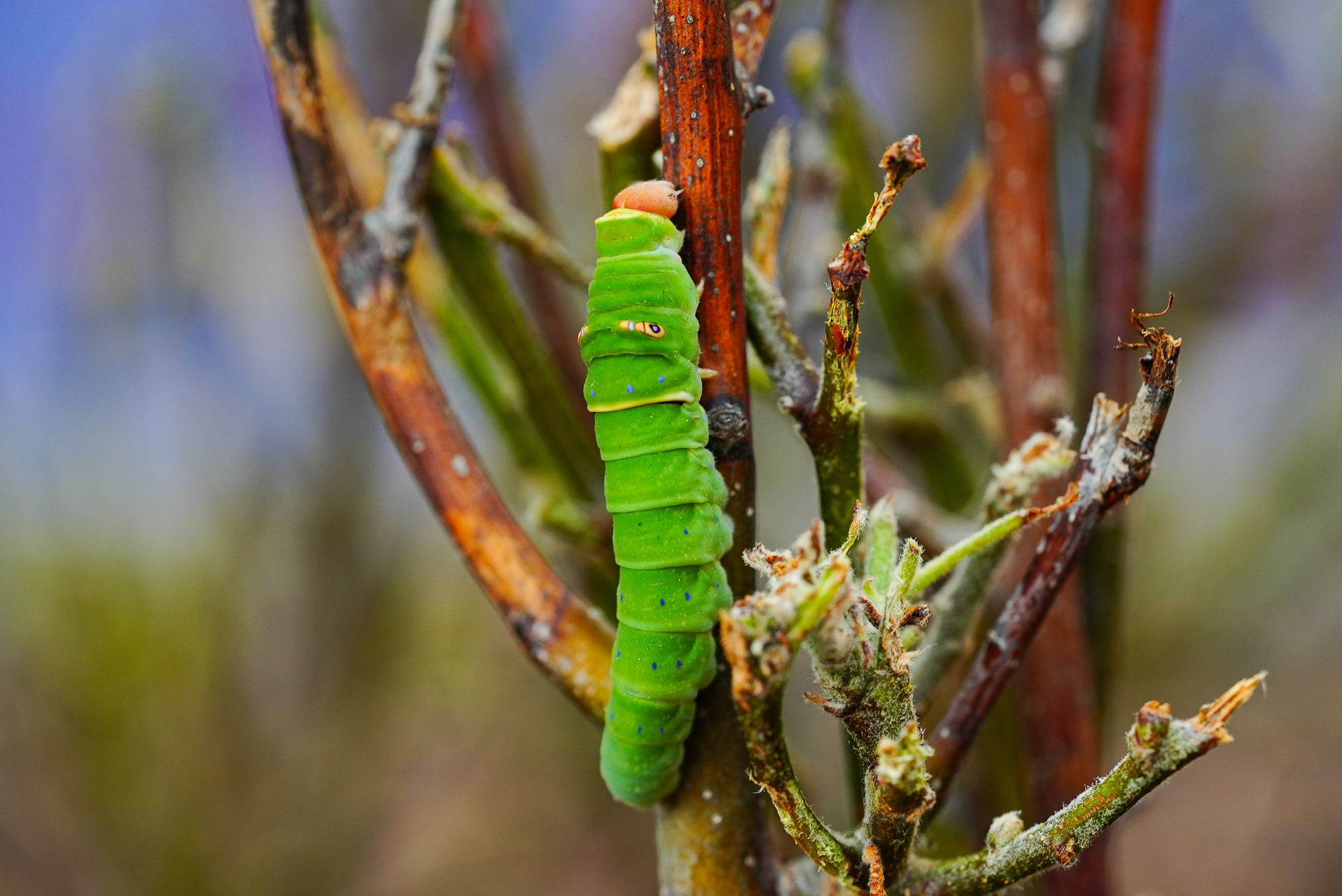
To wrap up this newsletter, I want to express my gratitude for these small moments of joy, and for the opportunities we have to share these moments with each other.
Thank you for being part of Methow Nature Notes!
